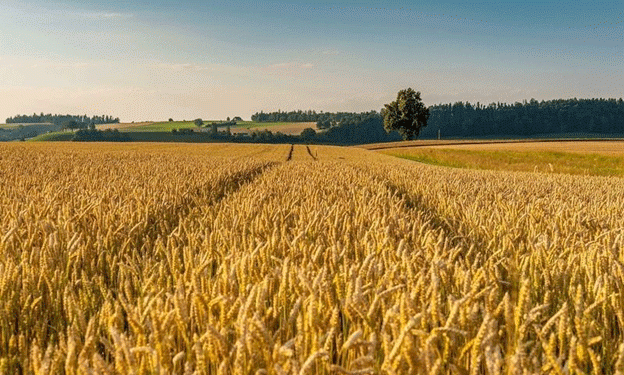As we assess the agricultural landscape for 2024, recent data reveals that this year’s wheat quality has significantly improved compared to 2023, despite adverse weather conditions. Preliminary results from the state monitoring of grain indicate a promising harvest that offers both food security and export potential. This article explores the implications of these findings for farmers, agronomists, and agricultural engineers.
Inna Zaychenko, the First Deputy Director of the Federal State Budgetary Institution “Grain Quality Assessment Center,” shared insights in an interview with Agroexpert, revealing that over 80% of the total wheat harvest has been analyzed. As of now, the breakdown of wheat quality is as follows: 29% is classified as third grade, 49% as fourth grade, and approximately 22% as fifth grade. Notably, this year’s statistics show an improvement over last year’s figures, where fifth-grade wheat accounted for about 28%. Zaychenko highlighted that there have even been instances of first- and second-grade wheat this season, albeit in small quantities.
The monitoring process has taken place across 66 regions in Russia, with southern regions and central areas showing particularly impressive quality results. For instance, in the Belgorod region, the quality of wheat produced this year exceeds that of previous years. This increase in quality is essential not only for ensuring the nation’s food security but also for enhancing the country’s export capacity. Understanding the volume of high-quality wheat available for export is crucial for market planning.
The wheat harvest this year totals around 63 million tons, encompassing both soft and hard wheat varieties. This data is critical for evaluating the agricultural sector’s performance and planning for the upcoming year. The improvements in quality are attributed to better farming practices, advancements in agricultural technology, and effective government support.
The early assessment of the 2024 wheat harvest indicates a positive trend in quality, which is vital for both domestic food security and export opportunities. With the ability to produce a higher percentage of quality wheat, Russian farmers are positioned to meet both local and international demand. As agricultural professionals, this knowledge not only informs market strategies but also encourages the implementation of best practices that enhance productivity and sustainability.
Error




